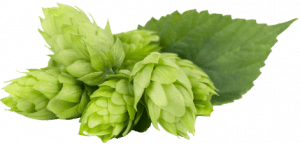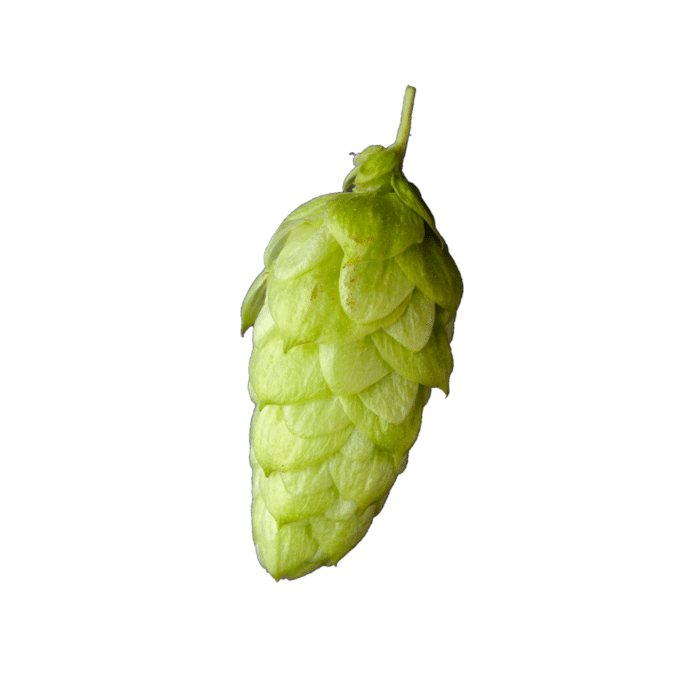

The Keyworth Midseason hop emerged from a pivotal period in British hop breeding. Created at Wye College by Professor Ernest Salmon, this variety addressed the urgent agricultural demand for wilt-resistant hops. The Keyworth Midseason hop played an important role in hop history and breeding progress.
The Keyworth Midseason hop was bred from seedling OR55 in 1924, using open-pollinated seed from Y90. Y90 was a daughter of wild Neomexicanus hop, a lineage known for its resilience. By 1943, the Keyworth Midseason hop stood out for its moderate resistance to wilt, a significant threat to hop yields at the time.
This variety is also genetically significant. It later became the mother of two other British hops: Density and Defender. These descendants carried forward its disease resistance and vigour, helping maintain hop productivity.
Following trials in 1945 and 1948, where it was considered acceptable for brewing, the Hops Marketing Board supported commercial planting. In 1949, 133 acres were established. Acreage peaked at 573 acres by 1954, driven by the need for reliable, disease-resistant options. Although it never became a brewer favourite at that time, its performance in the field was hard to ignore.
By 1968, the board discouraged new plantings, though existing crops remained in use until 1985. During its commercial lifespan, the Keyworth Midseason hop earned respect for its consistent yield, dense cone structure, and mid-to-late season maturity.
Today, the Keyworth Midseason hop is remembered for its agricultural value and breeding influence. It’s now enjoyed for its blackcurrant, lemon and earthy characteristics.

